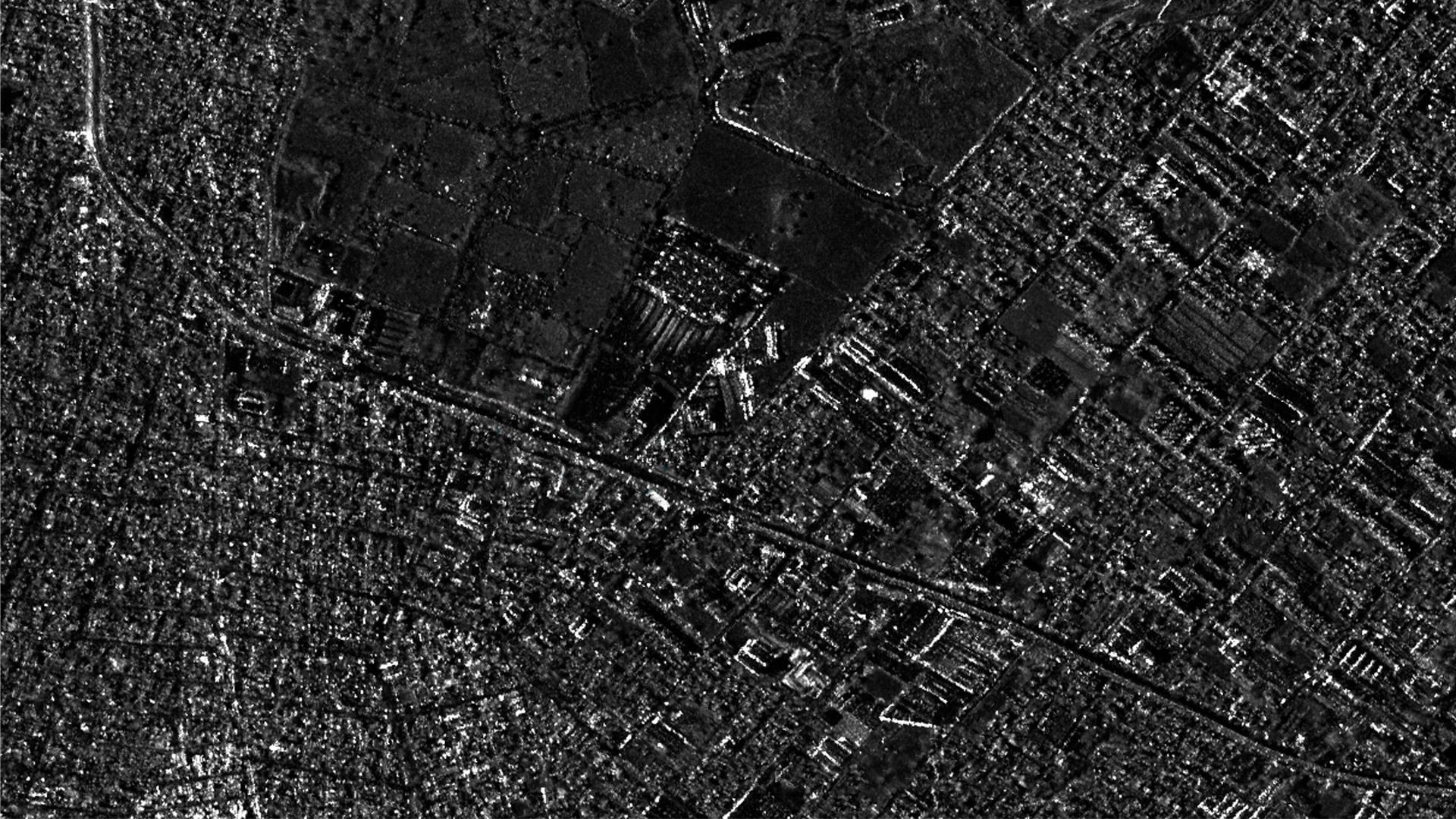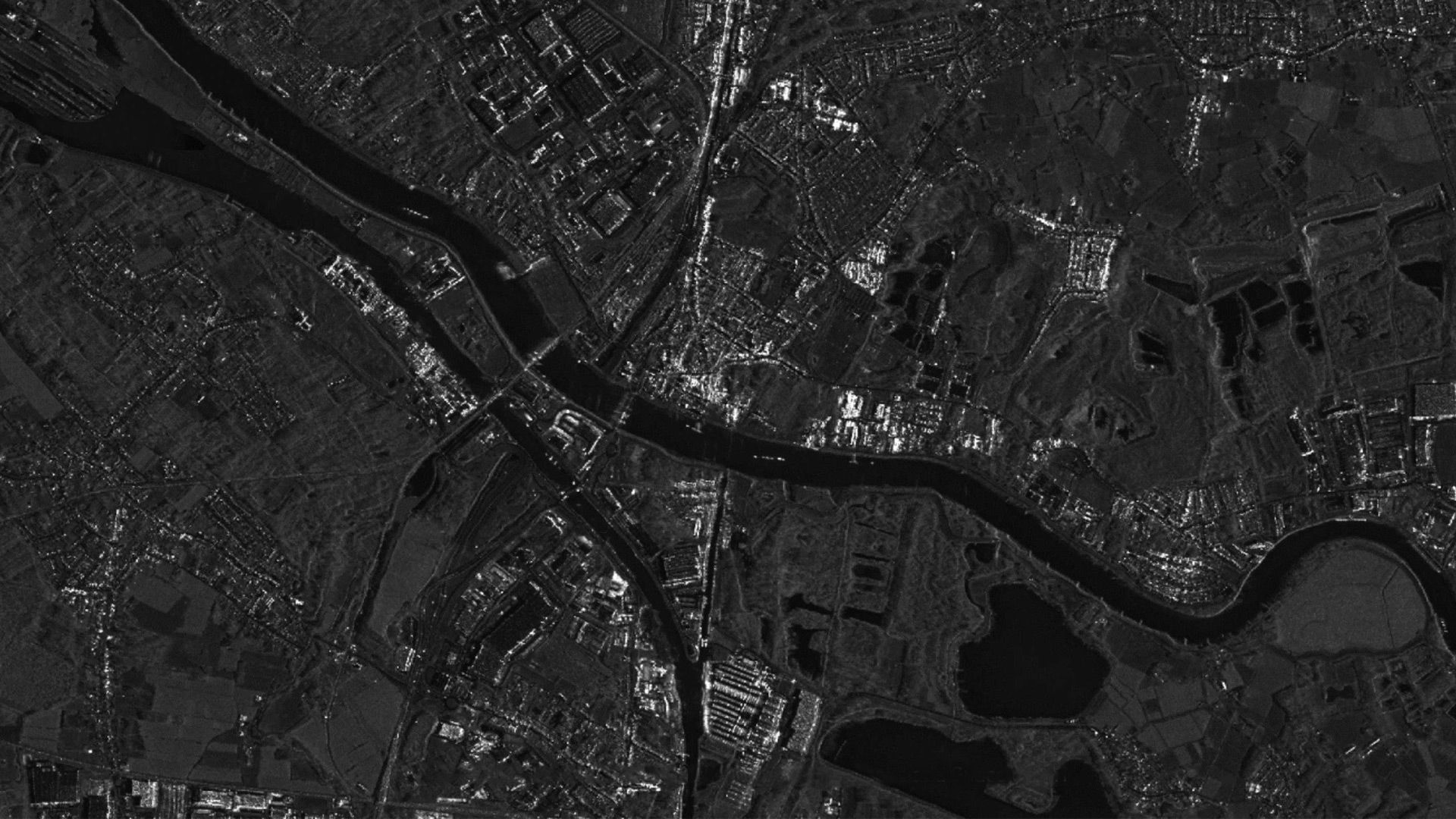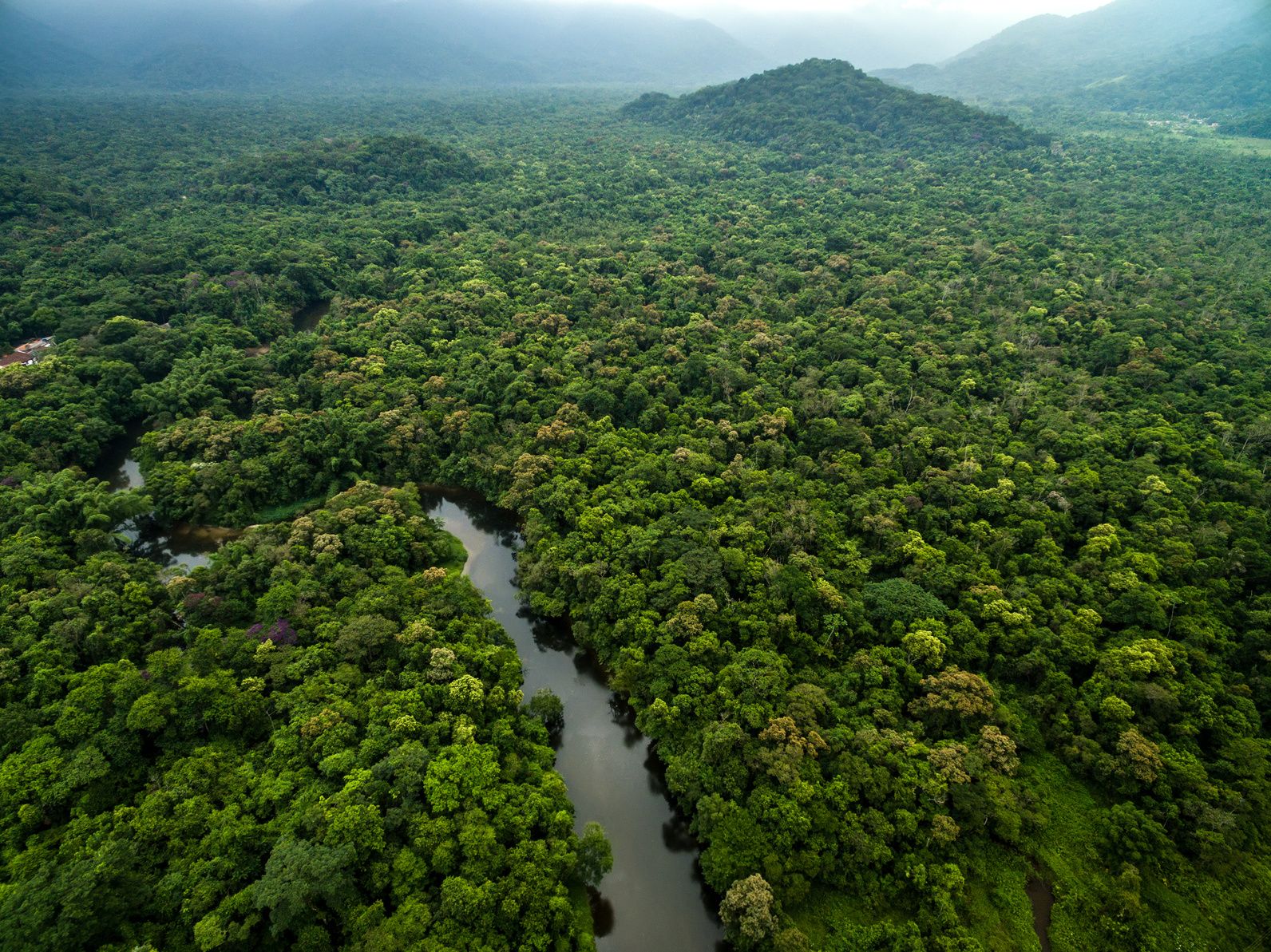
Home
Newsroom
Case Studies
Pléiades Neo
Pléiades Neo live coral detect...
Pléiades Neo Enables Live Coral Detection and Mapping
Réunion Island
In 2022, Airbus Defence & Space Intelligence launched the Pléiades Neo Challenge, a call for projects offering free access to Pléiades Neo imagery (Archive & tasking).
The UMR Espace-Dev was selected for its impactful project on “Live coral detection and mapping using satellite data”, which addresses the critical issue of climate change.
A total of 17 use cases have been completed in various fields including coastal monitoring, cliff erosion, city vegetation mapping, archaeology and more.
Coral reef ecosystems worldwide are facing increasing pressures and disturbances, leading to their widespread degradation.
Optical remote sensing has become a common method to map and monitor coastal benthic habitats. In 2022 correlations were established between spectral indices derived from high and very high-resolution satellite images and historical field data.
Espace-Dev has already gathered data on live coral detection, estimating live coral cover from historical data and satellite images obtained from the Airbus constellation (Pléiades, SPOT).
Engineers and Masters students from Réunion University were faced with two challenges whilst using 30cm resolution Pléiades Neo satellite :
- Could Pléiades Neo images, with enhanced spectral and spatial resolution, detect spatial and temporal evolutions in geomorphological and biological features across reef flats?
- Could Pléiades Neo images improve coral distribution models and mapping ?

Our Solution
The requested Pléiades Neo images focused on a specific 77km2 area of Réunion Island, with the goal of identifying benthic components (coral, algae, substrate) and covers.
1. Visual Analysis
Seafloor features are easily recognisable, with sharp outlines. Darker isolated coral colonies stand out distinctly on the light-colored sandy bottoms of the back reef depression, and the sandy grooves crossing the hard algal reef flats are clearly visible.
The study estimated the progression of a rubble tongue at approximatively 6.5 m in 2 months, accompanied by significant loss of reef structural complexity, heterogeneity and decrease in live coral covers.
2. Spectral Analysis
The Brightness Index is calculated from the Blue and Green spectral bands (BIBG index) which is used to detect live coral.
There is clearly a correlation between live coral cover measured in situ and detected from satellite images, with the highest correlation observed using Pléiades Neo images.
Espace-Dev conclude that regular temporal monitoring with Pléiades Neo images would enable for the tracking of reef evolution at a very high spatial resolution, facilitating the identification of coral progression and regression zones.




Benefits
The very high spatial resolution of Pléiades Neo images (30cm in panchromatic, 1.2m in multispectral) represents a significant improvement compared to other available commercial satellite images.
For coastal applications and for the coral reef flats of Réunion, the higher spatial resolution provided by Pléiades Neo imagery is clear. The improved resolution, which is of the same order of magnitude as the coral colony size, provides improved identification of these features. Consequently, the coral colonies are depicted more accurately, appearing purer and less blended with the underlying substratum in the imagery.
The new Deep Blue band has proven to be useful in improving the computation of spatial indices that accurately describe the mosaic and very heterogeneous environments of coral reefs.
Organisation involved
Want to know more?
Our sales team will be happy to provide you more information about this case study and how it can meet your business needs.




